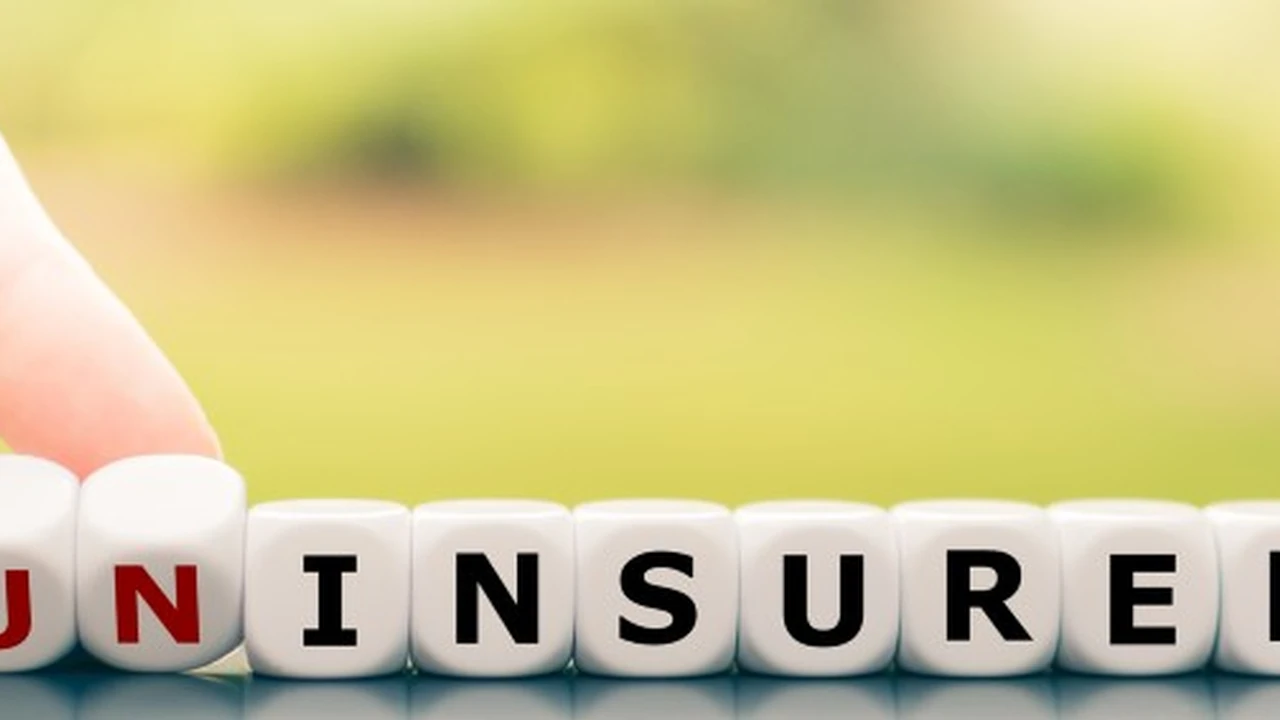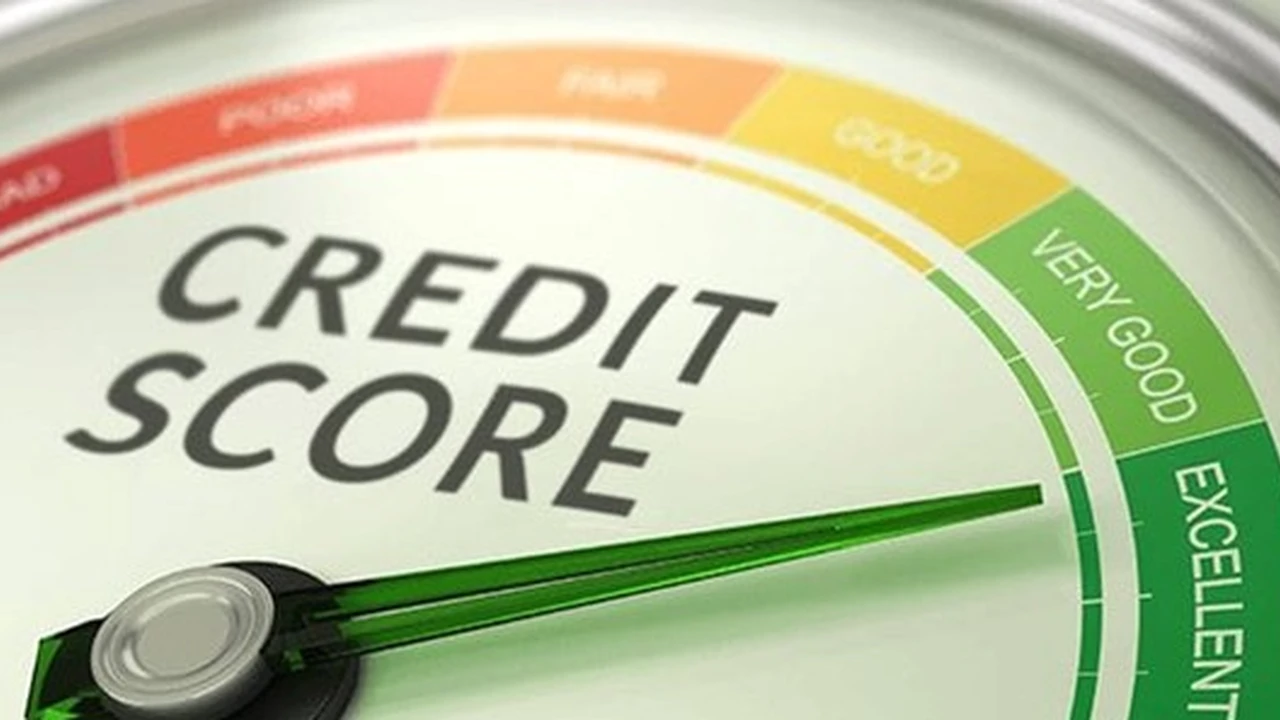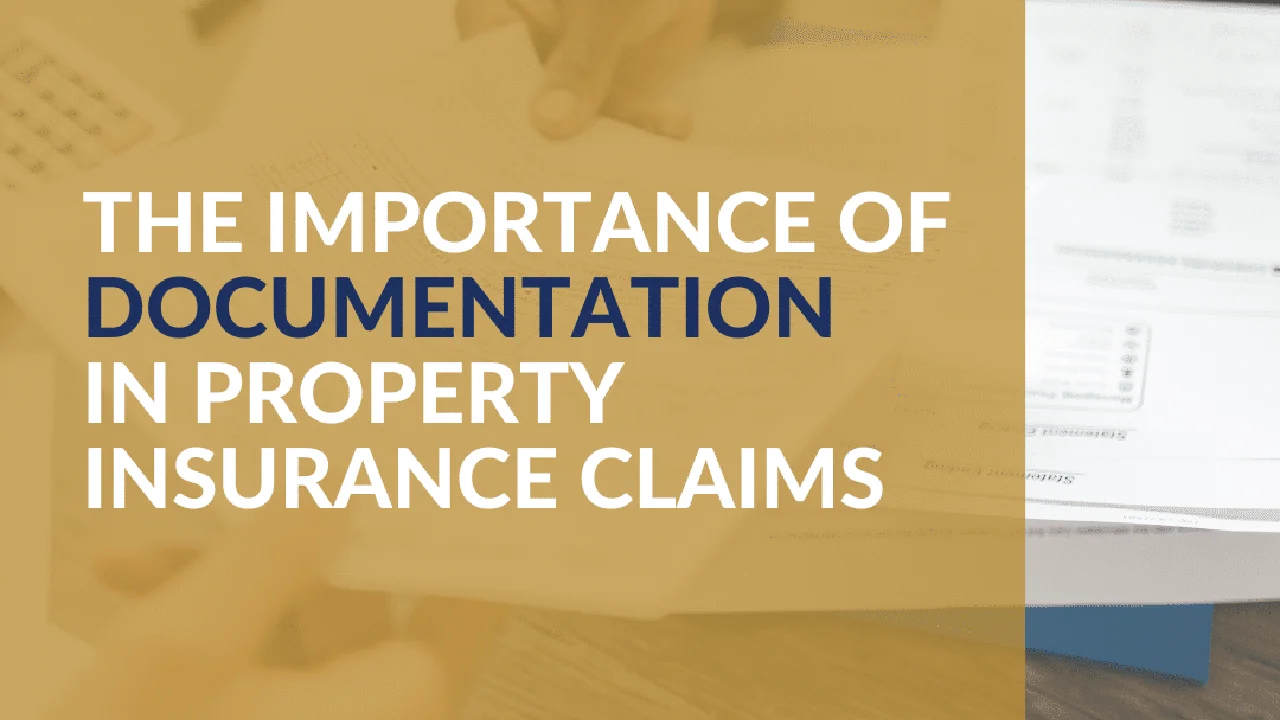Dealing with Uninsured or Underinsured Drivers in Claims

Understanding Uninsured Motorist Coverage: Your Key to Protection
Okay, so you've been in a fender bender. Not fun, right? But what if the person who hit you doesn't have insurance, or their coverage is, well, let's just say inadequate? That's where Uninsured Motorist (UM) and Underinsured Motorist (UIM) coverage come to the rescue. Think of them as your safety nets when the other driver drops the ball. UM kicks in when the at-fault driver has no insurance at all, while UIM helps cover your expenses when their insurance isn't enough to pay for all your damages. It's like having backup when things go south – and trust me, in the world of car accidents, things can get complicated fast.
Now, let's break it down further. UM coverage typically covers your bodily injuries, meaning medical bills, lost wages, and even pain and suffering. UIM, on the other hand, steps in when the at-fault driver's insurance policy limits are lower than your actual damages. For example, if you have $50,000 in medical bills and the other driver only has $25,000 in coverage, your UIM policy can help bridge the gap. It's important to understand the limits of your own UM/UIM coverage and how it works in your state, as laws vary significantly. Don't hesitate to call your insurance agent and ask questions – that's what they're there for!
Navigating the Claims Process: A Step-by-Step Guide
Alright, so you've been hit by an uninsured or underinsured driver. What now? First things first: Safety is paramount. Make sure everyone is okay and call the police. Get a police report – it's crucial documentation for your claim. Exchange information with the other driver, even if they claim they don't have insurance. Write down everything you remember about the accident, including the date, time, location, and any witnesses.
Next, contact your insurance company ASAP. Don't delay! They'll guide you through the claims process and explain your options under your UM/UIM coverage. Be prepared to provide them with the police report, your statement about the accident, and any medical records or bills you've incurred. Your insurance company will investigate the accident to determine fault and assess your damages.
The claims process can be lengthy and involve negotiations. Your insurance company will likely try to settle your claim for the lowest possible amount. Don't be afraid to push back and negotiate for a fair settlement that adequately compensates you for your losses. If you're not comfortable negotiating on your own, consider hiring an attorney who specializes in car accident claims. They can advocate for you and ensure you receive the compensation you deserve.
Documenting Your Damages: Building a Strong Case
Documentation is your best friend when dealing with uninsured or underinsured driver claims. The more evidence you have to support your claim, the better your chances of receiving a fair settlement. Start by documenting all of your medical expenses, including doctor's bills, hospital bills, physical therapy costs, and prescription medications. Keep track of any lost wages you've incurred due to the accident. Get a letter from your employer confirming your salary and the number of days you've missed work.
Don't forget to document your pain and suffering. This can be more subjective, but it's still a valid part of your claim. Keep a journal documenting your physical and emotional pain, limitations, and how the accident has impacted your life. Gather photos of your injuries and the damage to your vehicle. Get estimates for the repair or replacement of your vehicle from reputable auto body shops.
Also, gather any evidence that supports the other driver's negligence. This could include witness statements, traffic camera footage, or even the other driver's driving record. The stronger your case, the more leverage you'll have in negotiations with your insurance company.
Negotiating a Settlement: Know Your Worth
Negotiation is a critical part of the claims process. Your insurance company will likely make an initial settlement offer that is lower than what you deserve. Don't accept it without carefully reviewing it and understanding your rights. Research similar cases in your area to get an idea of what your claim is worth. Consider the severity of your injuries, the extent of your damages, and the impact the accident has had on your life.
When negotiating, be polite but firm. Clearly explain your damages and why you believe you deserve a higher settlement. Back up your claims with documentation and evidence. Be prepared to counteroffer and negotiate until you reach a fair agreement. If you're not comfortable negotiating on your own, an attorney can handle the negotiations for you.
Remember, you're not obligated to accept the first offer. Don't be afraid to walk away and pursue other options, such as mediation or arbitration, if you can't reach a settlement agreement. Mediation involves a neutral third party who helps you and your insurance company reach a compromise. Arbitration involves a neutral arbitrator who hears both sides of the case and makes a binding decision.
Legal Options: When to Seek Legal Representation
While many UM/UIM claims can be resolved without legal intervention, there are times when it's necessary to seek legal representation. If you've suffered serious injuries, your damages are significant, or your insurance company is denying your claim, it's time to consult with an attorney. An attorney can protect your rights, negotiate with the insurance company on your behalf, and file a lawsuit if necessary.
Choosing the right attorney is crucial. Look for an attorney who specializes in car accident claims and has experience handling UM/UIM cases. Ask for referrals from friends, family, or other attorneys. Schedule consultations with several attorneys before making a decision. Ask about their fees, experience, and strategy for handling your case.
An attorney can help you navigate the complex legal process and ensure you receive the compensation you deserve. They can also provide valuable guidance and support during a difficult time.
Specific Product Recommendations & Comparisons: Beyond Basic Coverage
So, we've talked about the basics of UM/UIM coverage. But what about going beyond the standard policy? Let's explore some specific products and enhancements that can offer even greater protection.
Gap Insurance: Bridging the Value Gap
Imagine this: You buy a brand-new car, and a few months later, it's totaled in an accident. Your insurance company pays out the actual cash value of the car, which is less than what you still owe on your loan. That's where gap insurance comes in. Gap insurance covers the "gap" between what you owe on your car loan and what your insurance company pays out.
Scenario: You buy a car for $30,000. After six months, you owe $28,000. The car is totaled, and the insurance company pays out $25,000 (the actual cash value). Gap insurance would cover the remaining $3,000 you owe on the loan.
Price: Gap insurance typically costs around $200-$700, depending on the length of your loan and the value of your car. You can often purchase it from your dealership or your insurance company.
Rental Car Reimbursement: Staying Mobile After an Accident
After an accident, you might be without a car for days or even weeks while your vehicle is being repaired. Rental car reimbursement coverage helps pay for the cost of renting a car during this time. This is especially useful if you rely on your car for work or daily errands.
Scenario: Your car is damaged in an accident and needs to be repaired. The repairs take two weeks. With rental car reimbursement coverage, your insurance company would pay for a rental car for those two weeks.
Price: Rental car reimbursement coverage typically costs around $30-$50 per year. Coverage limits vary, but they usually range from $30-$50 per day.
Personal Injury Protection (PIP): No-Fault Coverage for Medical Expenses
In some states, Personal Injury Protection (PIP) is required. PIP coverage pays for your medical expenses and lost wages, regardless of who was at fault in the accident. This can be a lifesaver if you're injured in an accident and need immediate medical care.
Scenario: You're injured in an accident, regardless of who was at fault. PIP coverage would pay for your medical bills and lost wages, up to the policy limits.
Price: The cost of PIP coverage varies depending on your state and the coverage limits you choose. It can range from $50 to several hundred dollars per year.
Product Comparison Table: Features and Pricing
| Product | Description | Typical Price | Best For |
|---|---|---|---|
| Gap Insurance | Covers the difference between your loan balance and the car's actual cash value | $200 - $700 | New car owners with a loan |
| Rental Car Reimbursement | Pays for rental car costs while your car is being repaired | $30 - $50 per year | People who rely on their car for daily activities |
| Personal Injury Protection (PIP) | Pays for medical expenses and lost wages, regardless of fault (in certain states) | $50 - $Various per year | Residents of no-fault states |
Understanding State Laws and UM/UIM Coverage
It's crucial to understand that UM/UIM laws vary significantly from state to state. Some states require UM/UIM coverage, while others don't. Some states have minimum coverage requirements, while others allow you to choose your own limits. Some states have "add-on" systems, where you can purchase UM/UIM coverage in addition to your liability coverage, while others have "reduction" systems, where your UM/UIM coverage is reduced by the amount of any payments you receive from the at-fault driver's insurance.
To understand the UM/UIM laws in your state, consult with your insurance agent or an attorney. They can explain your rights and options under the law. You can also research the laws online through your state's Department of Insurance website.
Preventing Accidents: Proactive Steps for Safe Driving
While UM/UIM coverage is essential for protecting yourself after an accident, the best way to avoid these situations is to prevent accidents in the first place. Here are some proactive steps you can take to be a safer driver:
- Stay focused on the road: Avoid distractions like cell phones, food, and loud music.
- Obey traffic laws: Follow speed limits, traffic signals, and other traffic regulations.
- Drive defensively: Be aware of your surroundings and anticipate potential hazards.
- Maintain your vehicle: Keep your car in good working condition by regularly checking the tires, brakes, and lights.
- Avoid driving under the influence: Never drive under the influence of alcohol or drugs.
- Get enough sleep: Drowsy driving can be just as dangerous as drunk driving.
The Importance of Adequate Coverage: Don't Skimp on Protection
When it comes to UM/UIM coverage, it's tempting to save money by choosing the minimum coverage limits. However, this can be a costly mistake in the long run. If you're seriously injured in an accident with an uninsured or underinsured driver, the minimum coverage limits may not be enough to cover all of your damages.
Consider purchasing higher UM/UIM coverage limits to protect yourself and your family. The cost of higher coverage is relatively small compared to the potential financial burden of an accident with an uninsured or underinsured driver. Talk to your insurance agent about your options and choose the coverage limits that are right for you.
Common Misconceptions About UM/UIM Coverage: Debunking the Myths
There are several common misconceptions about UM/UIM coverage. Let's debunk some of the most prevalent myths:
- Myth: UM/UIM coverage only applies if the other driver is completely uninsured. Fact: UM/UIM coverage can also apply if the other driver is underinsured.
- Myth: UM/UIM coverage only covers bodily injuries. Fact: UM/UIM coverage can also cover property damage in some cases.
- Myth: If the other driver is at fault, my insurance company will automatically pay my claim. Fact: Your insurance company will investigate the accident to determine fault and assess your damages. You may need to negotiate with them to receive a fair settlement.
- Myth: I don't need UM/UIM coverage if I have health insurance. Fact: Health insurance may not cover all of your medical expenses, and it doesn't cover lost wages or pain and suffering.
The Future of UM/UIM Coverage: What to Expect
The landscape of UM/UIM coverage is constantly evolving. As more drivers choose to drive without insurance or purchase only the minimum coverage limits, the need for adequate UM/UIM coverage will continue to grow. We can expect to see more states enacting laws requiring UM/UIM coverage and increasing the minimum coverage requirements.
Technology may also play a role in the future of UM/UIM coverage. For example, telematics devices could be used to track driving behavior and identify high-risk drivers who are more likely to be uninsured or underinsured. This information could be used to adjust insurance premiums and encourage safer driving habits.
Resources for Further Information: Where to Learn More
If you want to learn more about UM/UIM coverage, there are several resources available to you:
- Your insurance agent: Your insurance agent can answer your questions and explain your coverage options.
- Your state's Department of Insurance: Your state's Department of Insurance website provides information about insurance laws and regulations in your state.
- Consumer advocacy groups: Consumer advocacy groups can provide information and resources to help you understand your rights as a consumer.
- Legal professionals: An attorney who specializes in car accident claims can provide legal advice and representation.
:max_bytes(150000):strip_icc()/277019-baked-pork-chops-with-cream-of-mushroom-soup-DDMFS-beauty-4x3-BG-7505-5762b731cf30447d9cbbbbbf387beafa.jpg)






